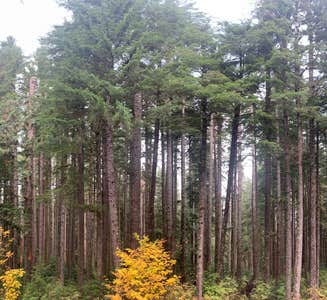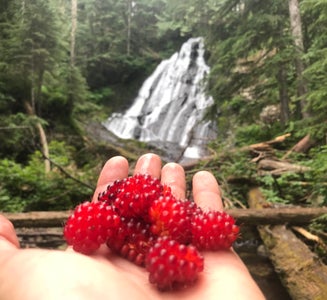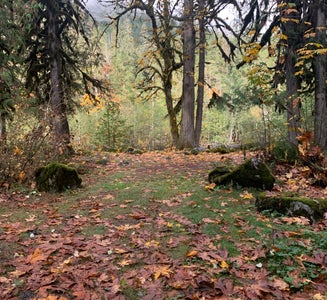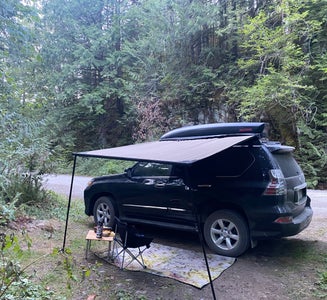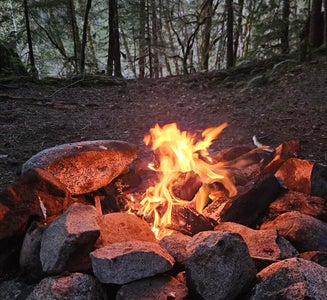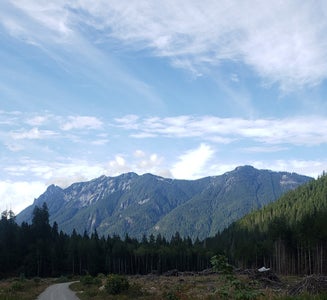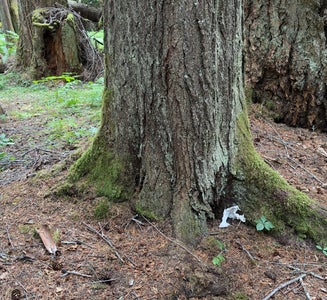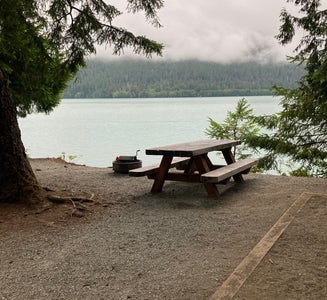What is Dispersed Camping?
Dispersed camping is the term used for camping in the National Forest OUTSIDE of a designated campground. Typically, it refers to roadside car camping, but also refers to backpacking in undeveloped sites. Dispersed camping means there are no services like trash removal, and amenities such as toilets, tables and fire pits, are not usually available.
It is your responsibility to plan ahead and learn the extra skills necessary for dispersed camping. Camping rules and regulations apply to make your experience safe, and to keep the natural resources scenic and unspoiled for other campers.
Dispersed camping along Forest Service roads is allowed where there is adequate space to safely park completely off the roadway and not on any vegetation. Whether car camping or backpacking, choose an existing campsite on bare or compacted soil. Unless signed as an area where a fee is required, dispersed camping is free. Dispersed camping is prohibited in developed campgrounds and areas posted closed or no camping. Some designated Wilderness areas have additional restrictions. For the best information on dispersed camping opportunities and local restrictions, please contact the nearest ranger district office.
Rules for Dispersed Camping
These rules apply to car camping and backpacking
You may camp in a dispersed area in an individual Ranger District for up to 14 days within a 30-day period. After 14 days, you must move to another Ranger District or off the National Forest until the 30 days has elapsed.
Do not blaze new roads to campsites, create new campsites, clear ground, cut or harm vegetation or construct a trail.
Do not drive beyond constructed physical barriers, such as berms or gates.
Do not drive through streams or wetlands to access a camp.
If campfires are legal in your location and you choose to have a campfire, pick a site with an existing fire pit. Do not create new fire pits. Make sure your campfire is always attended and is dead out and cold to the touch before you leave your site. Fires may be restricted or banned based on the fire danger rating.
Follow Leave No Trace principles and come prepared to “Pack it in. Pack it out.” Pack all trash home. Dispose of human waste in a sanitary manner. In high use locations, areas above tree line and snow-covered areas it is not possible to bury human waste in a sanitary manner. It will need to be packed out and disposed of at home using a wag bag, blue bag, portable toilet or another Leave No Trace approved method.
Do not block roads or gates.
Keep food and scented items secure from wildlife by keeping a clean camp and store items in your vehicle or use a wildlife resistant storage canister.
Failure to follow regulations can lead to legal consequences. Additional Forest rules and links to report crimes can be found on our Law Enforcement page.

